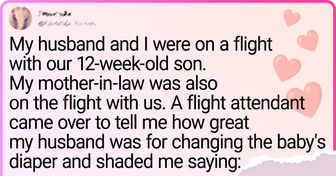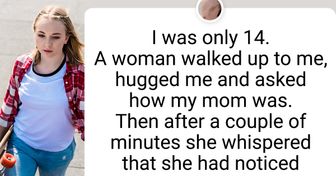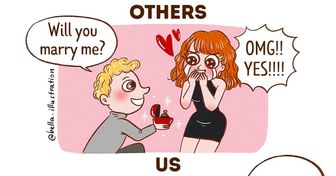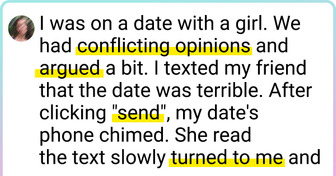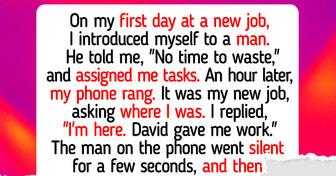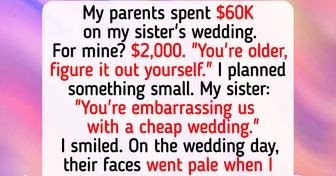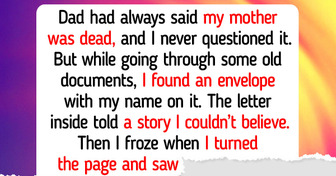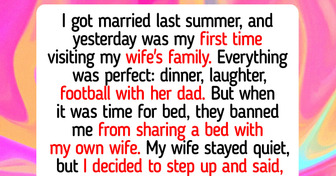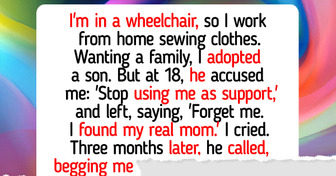20+ People Shared Why They No Longer Want to Help People, Even Their Loved Ones
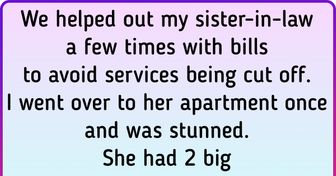
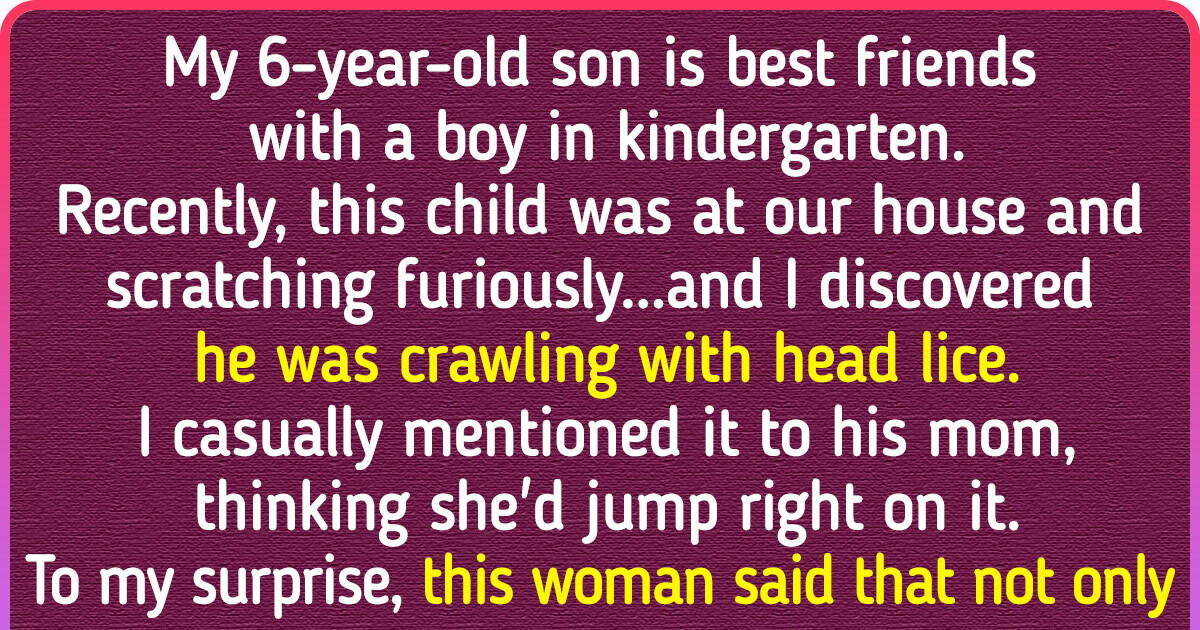
It’s wonderful when your kid has a good friend who they enjoy spending time with. But what do you do if your child’s friend’s head is full of lice and their mother refuses to get rid of it?
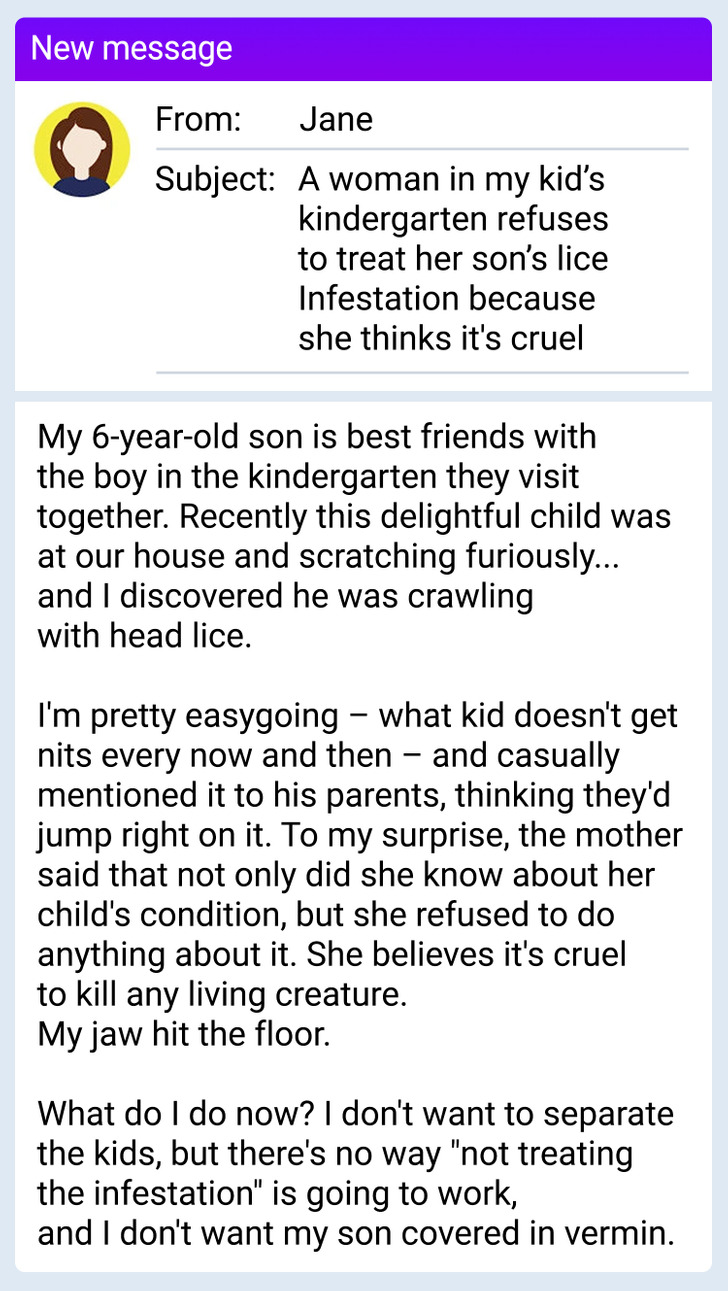
Thank you for reaching out and sharing your concerns about the incident with your kid. We at Bright Side understand how unsettling and challenging this situation must be for you. Based on your description, here are some practical and realistic pieces of advice to help you navigate through this situation.
Make sure to approach the situation with empathy, understanding, and open communication. It can go a long way in finding a resolution that works for everyone involved.
We hope that the boy will eventually manage to get rid of the lice and will be living a happy lice-free life. Here is another story of a grandmother who decided to breastfeed her grandchild.

